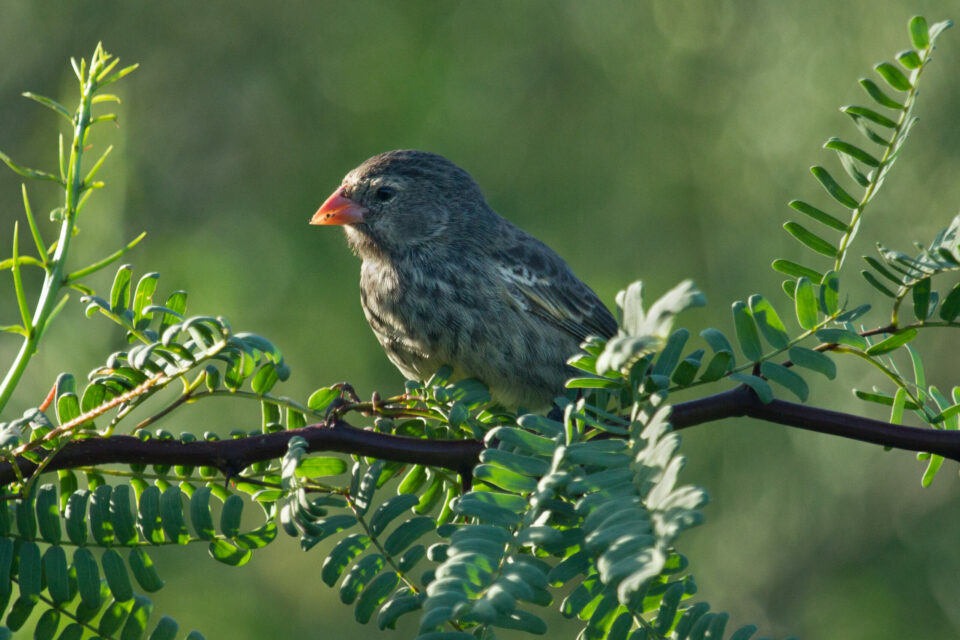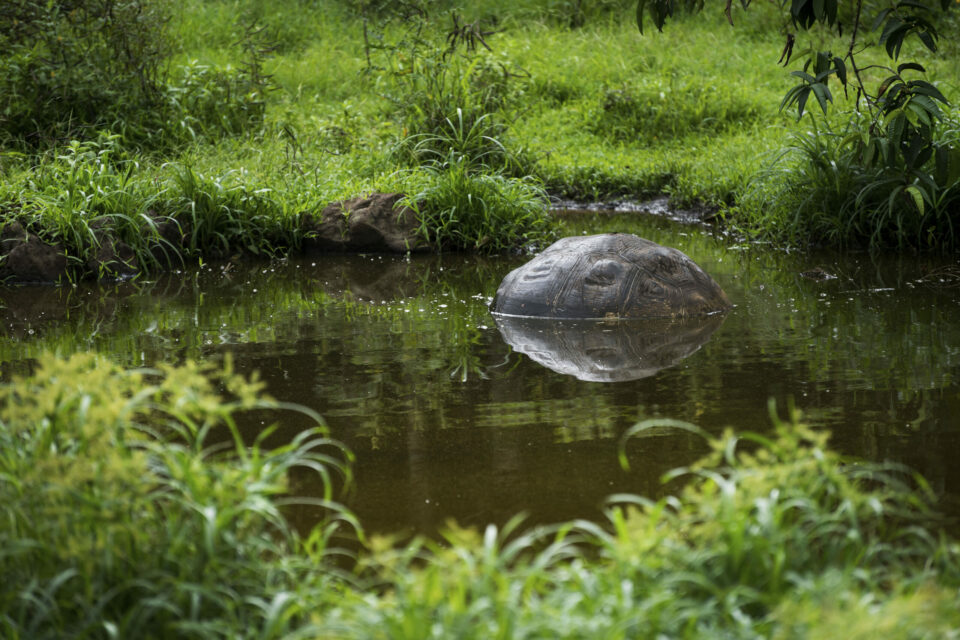

An interview with entomologist Karen Vera
Entomologist Karen Vera shares her experience working on the Restoring Floreana project, one of the largest eradication projects ever conducted on an inhabited island.
Can you give a brief overview of your work in Galapagos?
I’m an entomologist specialising in terrestrial invertebrates at the Charles Darwin Foundation (CDF). I’m in charge of monitoring invertebrates on Floreana island which includes gathering information on their diversity. With this information, baselines of terrestrial invertebrate species and their populations are established to help characterise their habitat for reintroducing the 12 locally extinct species to Floreana.
My work involves collecting samples twice a year in the agricultural zone and protected areas, using a sweep net and pitfall traps. I also collaborate and contribute towards other invertebrate monitoring projects, helping to expand our knowledge of terrestrial invertebrate diversity across Galapagos, which helps to conserve entire ecosystems.
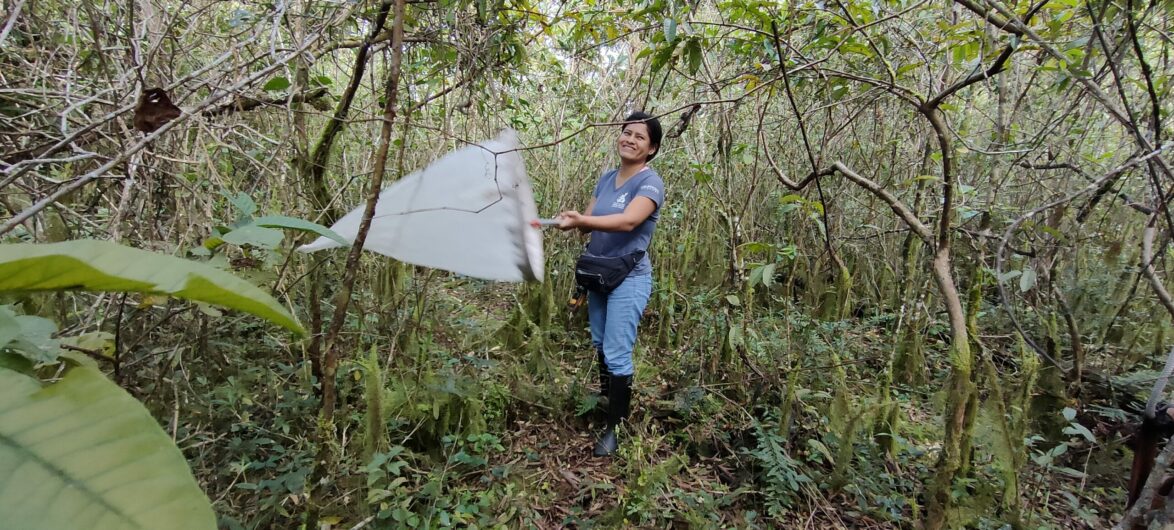
What drew you to work in Galapagos and on the Restoring Floreana project?
One of my professional goals was to work in the province where I was born and raised. Galapagos has always been a fascinating place, known worldwide for its unique species diversity. In 2019, I had the opportunity to do my pre-professional internship at CDF, supporting the reorganisation of marine invertebrates. Since 2021, I have been working at CDF full-time, starting with identifying insects collected on 40 farms in the agricultural zone of Santa Cruz and now working on the Restoring Floreana project.
During this time, I have learned about the different conservation projects in Galapagos and deeply admire the efforts made by the other organisations to care for the Islands. The unconditional support from the terrestrial invertebrate group at CDF has strengthened my passion for studying insects. Working on the Restoring Floreana project has allowed me to show the community the importance of invertebrates in ecosystems as an essential food source for several species of birds and reptiles, decomposers of organic matter and seed dispersers.

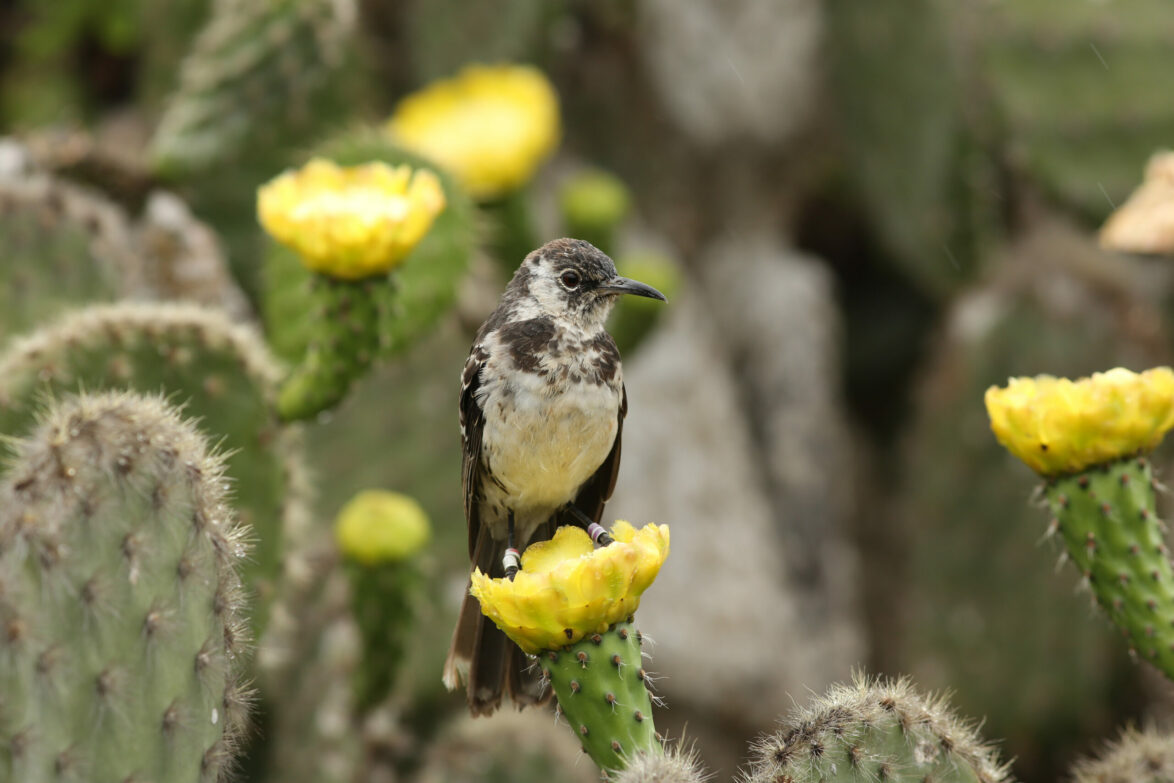
Bringing the Floreana mockingbird home
Discover how GCT is helping to bring an iconic species back to Floreana
Why is it important to rewild and restore island ecosystems like Floreana?
Restoring ecosystems allows us to protect and preserve an island’s unique biodiversity. On Floreana, invasive species have caused 12 endemic species to go locally extinct and others to become vulnerable or critically endangered. By reintroducing the species Floreana has already lost, we are not only preserving diversity but are also protecting ecosystem services that are fundamental to us, such as pollination, pest control, food production, clean water supplies, climate regulation and soil formation. If these services were to be lost, it would significantly impact the quality of life of the local community. Rewilding and restoring Floreana’s ecosystems is essential to creating a balance between us and our environment.
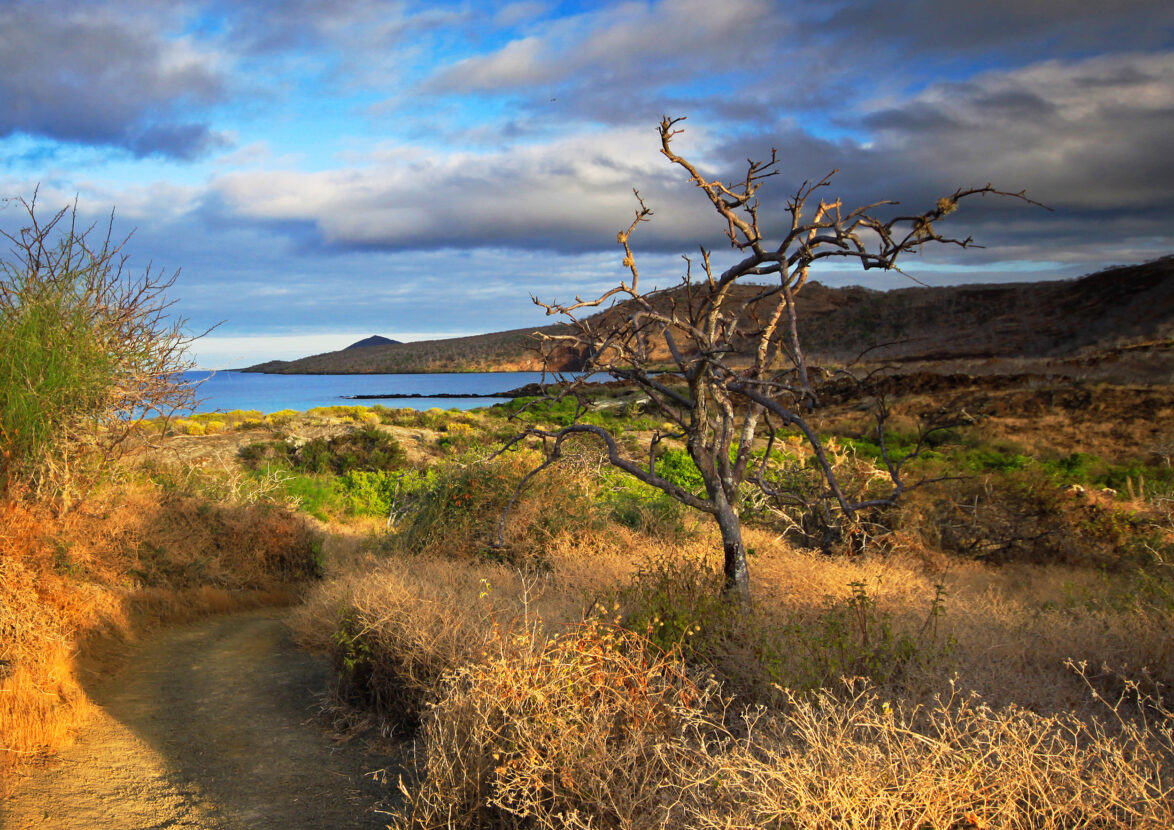
What’s one piece of advice you would give to someone just starting their career in conservation?
The best advice I can give is to remain consistent. Having a passion for conservation requires you to be committed and will involve you continuously learning. This persistence and passion will not only provide important career opportunities and chances to collaborate with like-minded people, but it will be the driving force behind overcoming challenges. Seeing everything as an opportunity, celebrating successes and learning from mistakes will contribute to professional and personal growth. I know the road is not easy, but I am proof of how perseverance can lead you to a job you love.
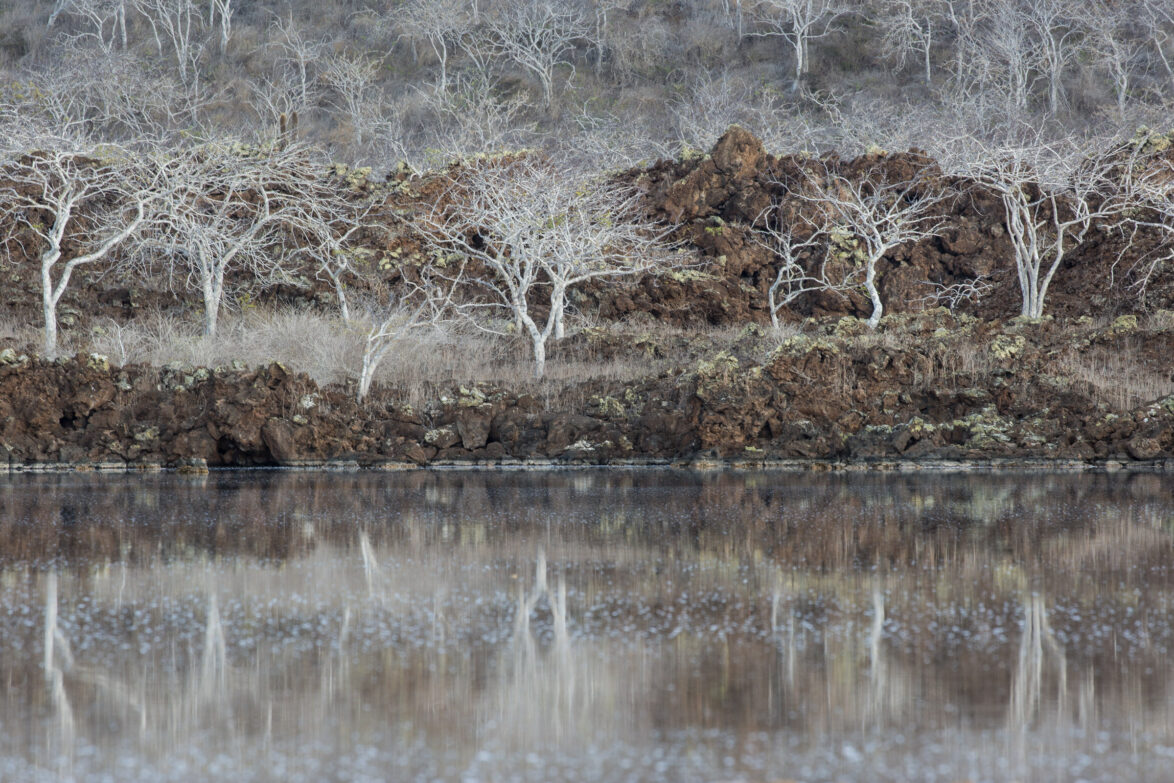
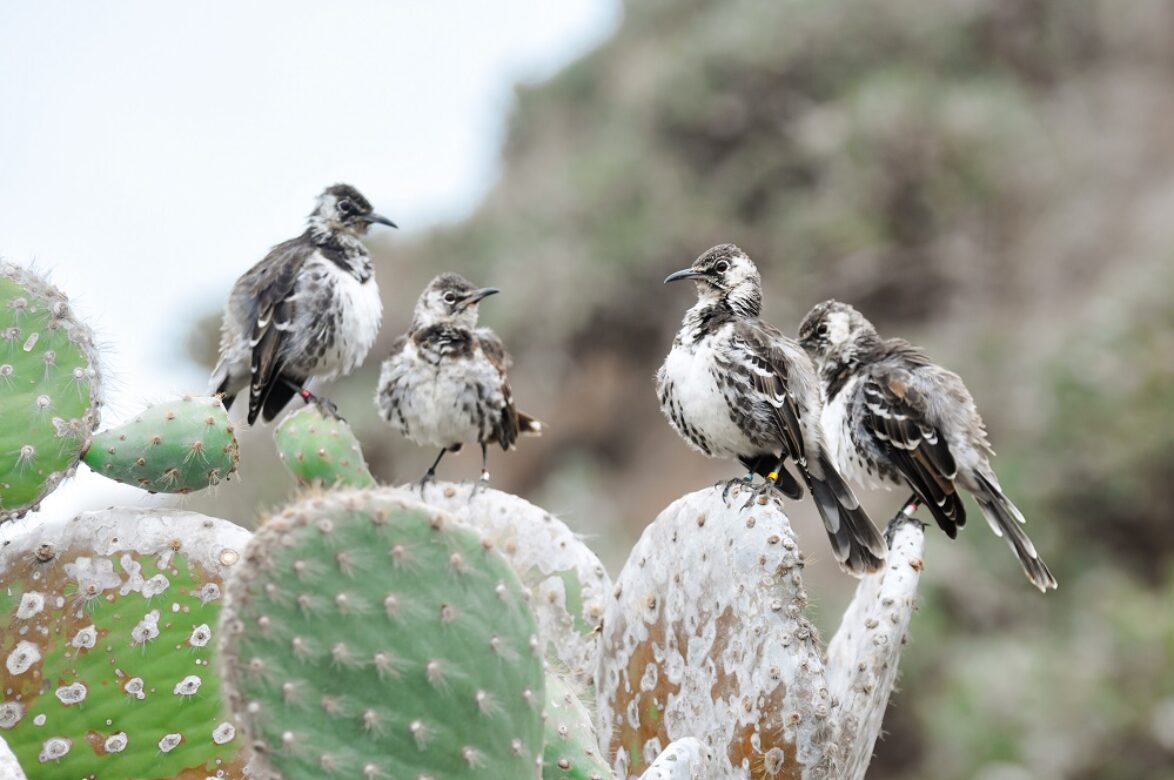
Reintroducing wildlife to Floreana
Learn all about the 12 missing species set to return to Floreana
What is your favourite Galapagos species and why?
I have a particular interest in microwasps, a group of terrestrial invertebrates that have received very little attention from scientists in the past. Despite being extremely small and often difficult to find, I am fascinated by their size, colour and shape diversity. They play essential roles as pollinators and biological controllers, regulating populations of other terrestrial invertebrates, including invasive species. For these reasons, they have become my favorite group of invertebrates, and I am always excited when I identify one.
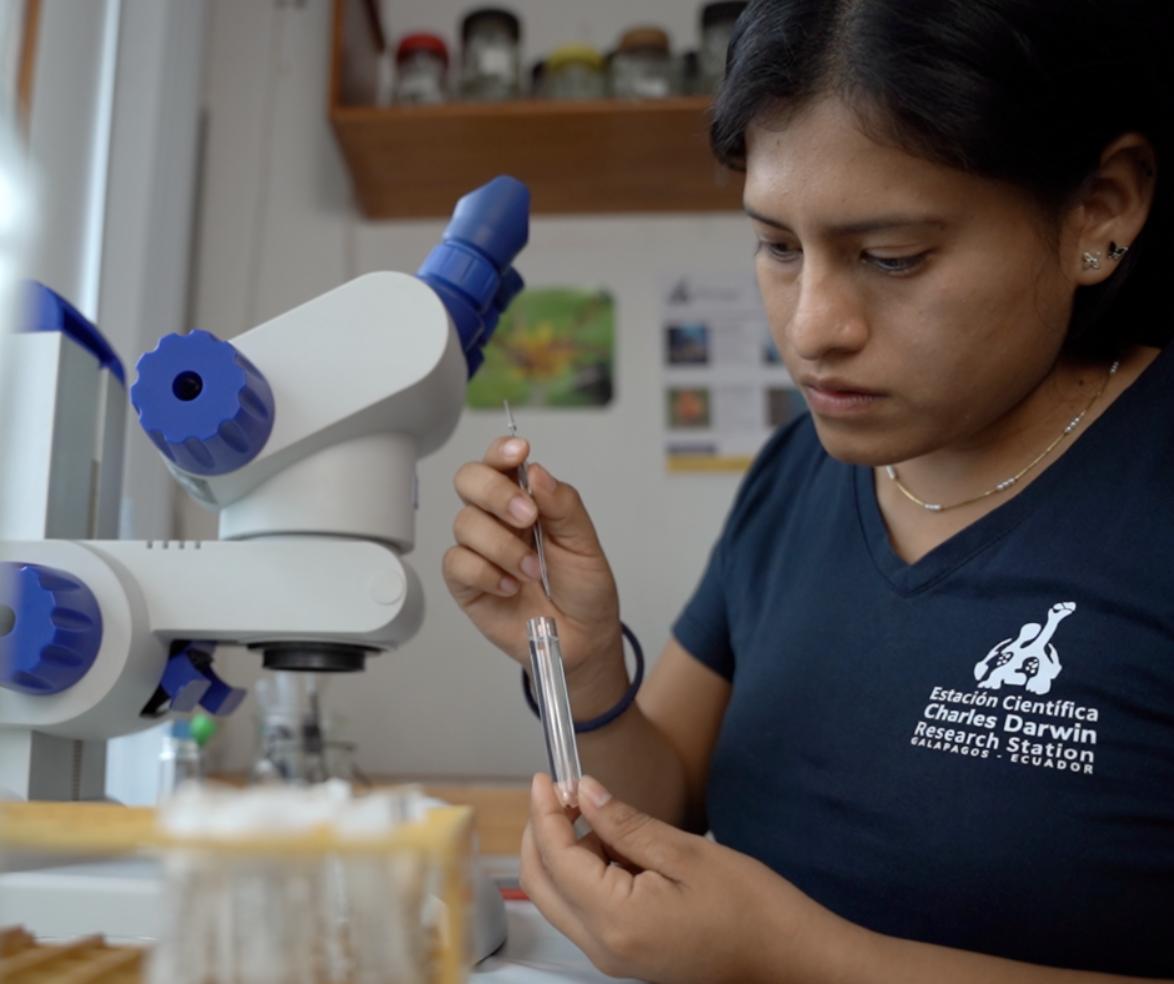
By reintroducing the species Floreana has already lost, we are not only preserving plant and animal diversity but are also protecting ecosystem services that are fundamental to us
Webinar: Rewilding Floreana
Join us on Thursday 18 April 2024 to hear the latest on the restoration of Floreana, with Jeff Dawson of Durrell Wildlife Conservation Trust reporting back from his recent trip to the island.
Related articles


The return of the Floreana giant tortoise
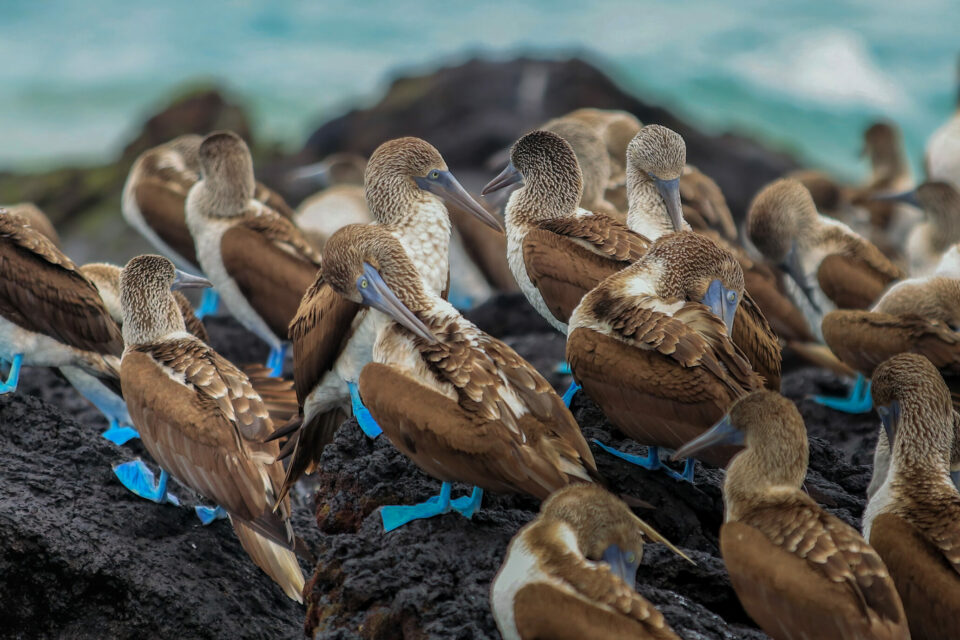
Island restoration and the vital role of connector species
